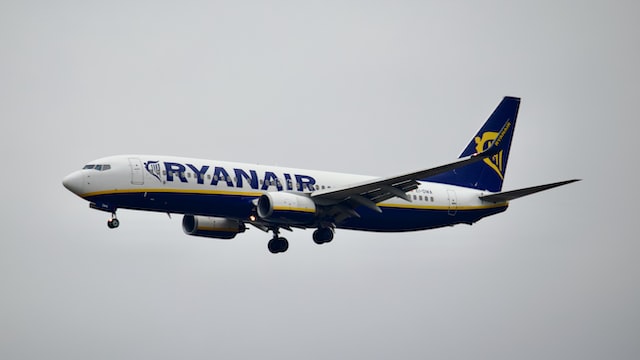The airplanes are a huge factor in the way we do business in today’s world. They’re used for a number of reasons, from travelling to work, to flying from one country to another, to travelling to a conference or meeting. Whether they’re part of your everyday commute or your business travel plans, you can’t help but think how they’ve changed the way we do everything in the past couple of decades.
Low-cost airlines
The introduction of budget airlines shook up the travel industry, causing a serious disruption in the market. This is because these airlines often charge low fares and have limited services. They often fly to secondary airports or focus cities.
The concept of budget carriers grew in popularity throughout the 1990s. In the United States, the largest low-cost airline is Southwest Airlines. Another major carrier is JetBlue.

There are also a number of large airline groups that have launched low-cost subsidiaries. Examples include Jetblue, Allegiant Air, and Ryanair.
Low-cost carriers are not only competitive, but they have changed the way the world does business. They are now a staple of modern life. While they have a limited range of services, their prices are low and they are able to avoid air traffic delays.
However, these changes have come at a cost. Some of these low-cost airlines charge outrageous fees. For example, some airlines may charge passengers to put their carry-on bag on board, or to take a pillow.
Increased enplanements at smaller airports
SJT’s passenger traffic has grown at a slow and volatile pace since 2000. While there were some positive growth trends, most of the activity occurred in the late 2000s.
During the Great Recession, SJT’s passenger volume declined by over six percent. However, there has been some rebound in enplanement numbers in the past few years. Through July, enplanements were down 6.1%. In comparison, a similar analysis for the federal fiscal year ending September 30, 2017, shows that the number of passengers flying to and from the airport was up 2.2%.
This increase is attributed to American Airlines. The carrier’s ERJ-135/140/145 regional jet aircraft have been incorporated into the fleet. These larger aircraft will help to accommodate additional passenger growth over the next several years.
SJT’s overall load factor has increased from 60% in 2012 to 76% in 2014. Additionally, the airport’s regional booking retention rate has gone up from 60% to 69% in the last two years.
SAF technology
The Sustainable Aviation Fuel (SAF) industry is undergoing a transformation. While this technology is still relatively new, it has already made significant impact on the way the world does business.
SAF is a sustainable, low-carbon alternative to conventional jet fuel. It can be produced from a variety of sustainable feedstocks, such as waste, biomass crops, and ethanol. By lowering CO2 emissions from the aviation industry, it will also increase efficiency.

SAF can be manufactured from a range of materials, and has the potential to be used on all conventional flights by default in the future. As a result, airlines are signing agreements to purchase large amounts of SAF once it becomes available.
A number of facilities are currently under development, allowing more SAF to be available in the market. These include a facility in South Wales called Project DRAGON, which will produce over 100 million litres of SAF each year using LanzaJet ATJ-SPK technology.
Carbon capture technology
The concept of capturing carbon dioxide from the air has changed the way the world does business. It is a way of reducing emissions from smokestacks and other industrial processes. This technology has been around for a long time, but recently it has become a much hotter topic.
Carbon capture is an important way of limiting global warming to 1.5 degrees Celsius. The Intergovernmental Panel on Climate Change recommends removing about 1 gigaton of CO2 per year by 2025. That will require huge investments, but the market for carbon capture and storage is growing fast.
According to the International Energy Agency (IEA), the global market for carbon capture and storage will reach 310 million tons per year by 2030. The market is expected to grow to $4.9 billion by 2027.
Oil and gas companies are the biggest users of carbon capture today. Some of these companies have invested billions of dollars in developing carbon capture technologies. These technologies can remove CO2 from natural gas deposits.
